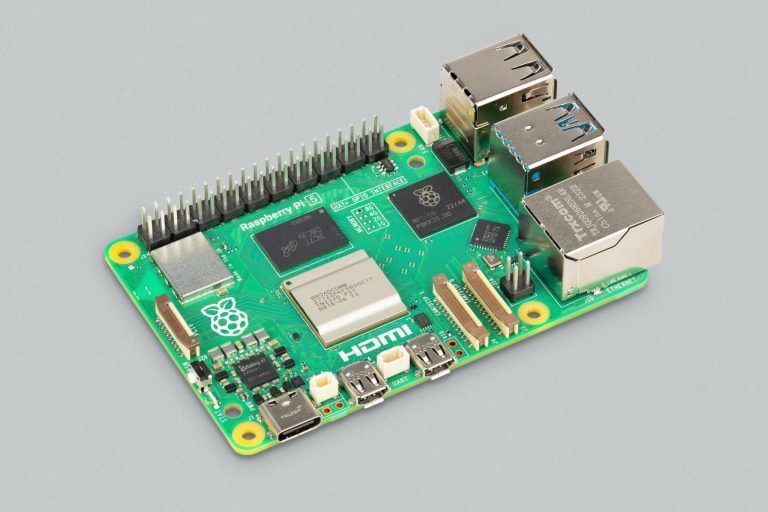Any artificial intelligence application is heavy on computations and the hardware is power hungry. The way a machine learning model comes up with solutions can be mysterious, the intuition behind higher dimensionality can be not so obvious but the laws of thermodynamics are not so complicated — with work done, there is heat generated, and then the law of conservation of energy comes into the picture. The work is done by the electrons passing through the circuits and the heat generated is enormous.
There have been advancements in the way the energy is consumed, but with AI, the conventional methods fall short at achieving high efficiencies.
However, the shortcomings on the hardware end had attracted material scientists to develop devices that occupy less space for carrying out the same number of operations and sometimes even faster without losing the accuracy.
The researchers at Osaka university came up with an idea to reduce power consumption of magnetoresistive random access memory (MRAM) and AI devices.
Microwave Amplification And Magnetic Anisotropy
The research group has discovered that it is possible to write information using less energy than STT-MRAM by changing the magnetic anisotropy in an magnetic tunnel junction(MTJ) by increasing the magnitude of voltage-controlled magnetic anisotropy.
The magnetic anisotropy depends on the bias voltage due to Joule heating.
The research group also observed microwave amplification by an MTJ using the giant magnetic anisotropy change. Microwave amplification had been previously attempted using a microwave-frequency magnetic field; however, the microwave power obtained by conventional methods was 0.005, and there was no amplification.
Heat-driven engines are hard to realise in nanoscale machines because of efficient heat dissipation. However, in the realm of spintronics, heat has been employed successfully — for example, heat current has been converted into a spin current in a NiFe|Pt bilayer system, and Joule heating has enabled selective writing in magnetic memory array
Spintronics fundamentally differs from traditional electronics in that, in addition to charge state, electron spins are exploited as a further degree of freedom, with implications in the efficiency of data storage and transfer.
Spintronic systems are most often realised in dilute magnetic semiconductors (DMS) and Heusler alloys and are of particular interest in the field of quantum computing and neuromorphic computing.

Spintronics is a widely researched field in which MRAM technology has been developed using magnetic tunnel junctions (MTJs). MRAM uses the direction of a magnetic pole to store information, so it can retain memory without standby power. Using these technologies, researchers have tried to reduce the energy consumption of AI devices.
The problem for spin-transfer-torque MRAM (STT-MRAM) is that its voltage increases rapidly when its write speed is high, using a great deal of power.
Conclusion
In reference to nanotechnology, Feynman famously quipped that there is plenty of room at the bottom. Today it is truer than it has ever been before.
One of the researchers Minori Goto says, “Our study is the first report of microwave amplification using spintronics devices. This research will open the way to developing high-performance microwave devices. Moving forward, we anticipate that our technology will be applied to new microwave devices with high sensitivity and high output. This will also contribute to low-power-consumption technology for MRAM and AI hardware.”
Next generation of AI technologies should be able to comprehend our commands by working out on the huge background of information in a fast paced environment. To make these machines smart, we need to enhance the capabilities on the hardware side as well to make them more energy efficient





















































































